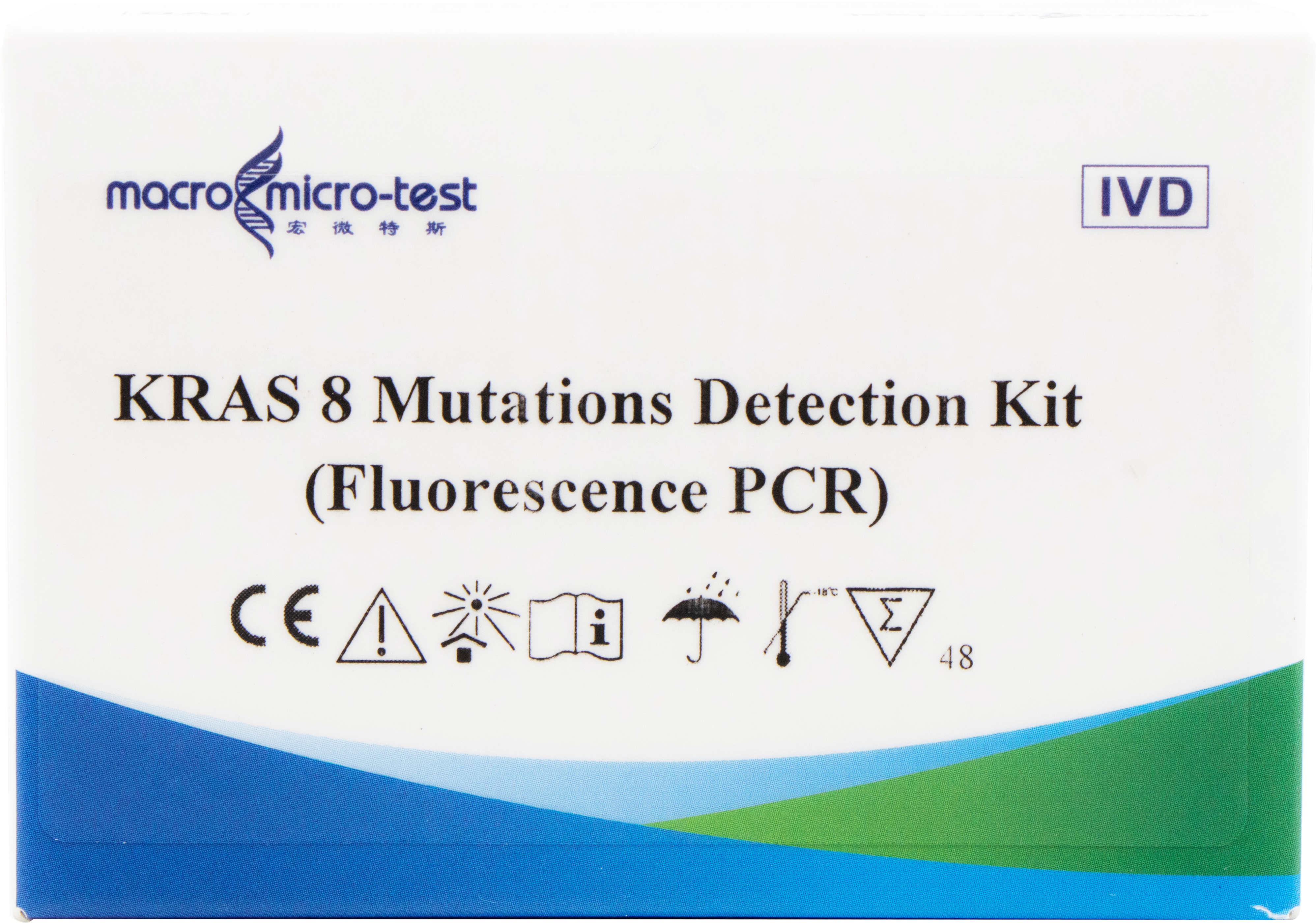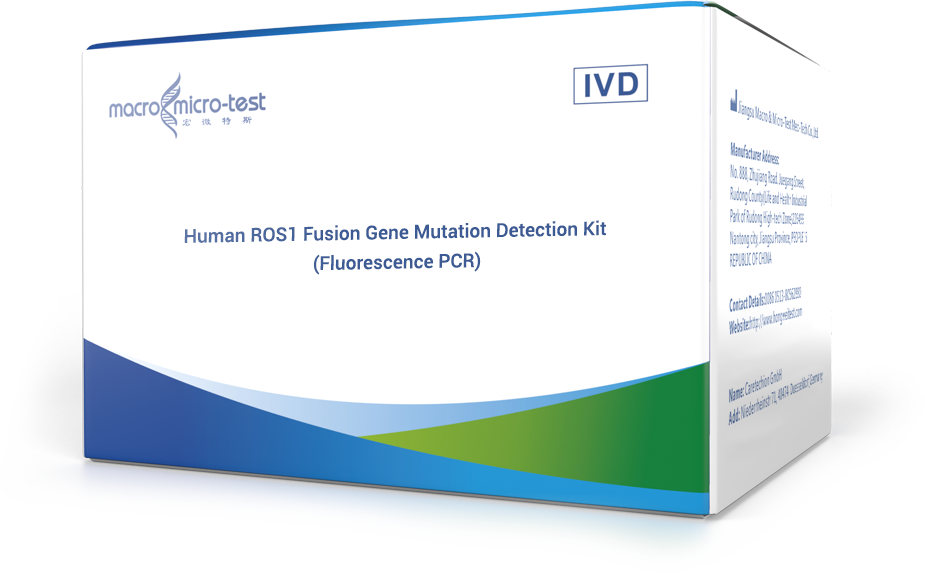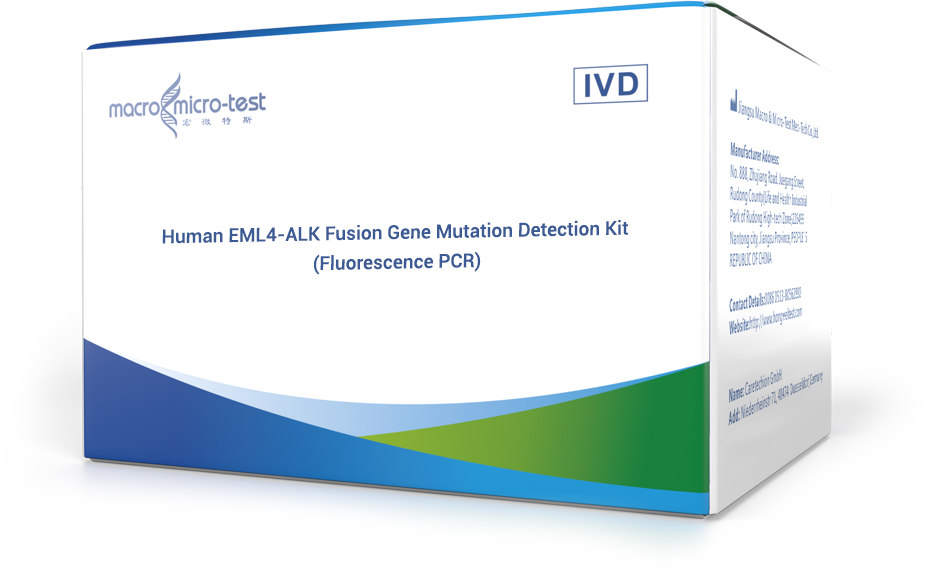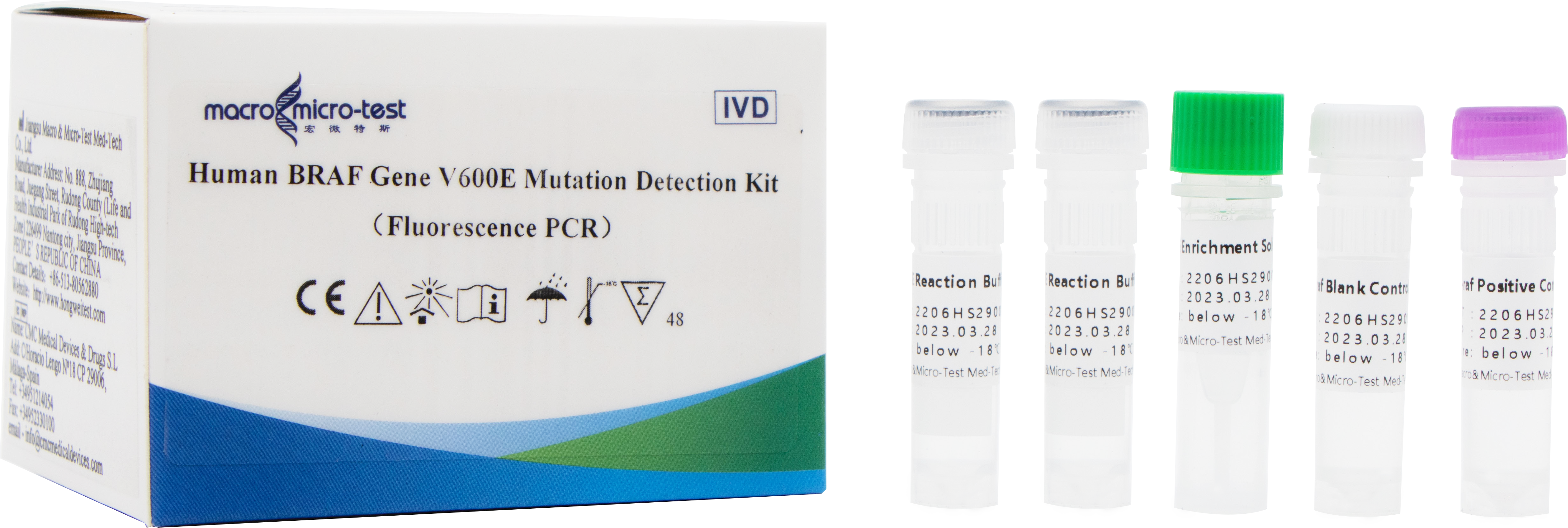The concept of tumor
Tumor is a new organism formed by abnormal proliferation of cells in the body, which often manifests as abnormal tissue mass (lump) in the local part of the body. Tumor formation is the result of serious disorder of cell growth regulation under the action of various tumorigenic factors. Abnormal proliferation of cells leading to tumor formation is called neoplastic proliferation.
In 2019, Cancer Cell published an article recently. Researchers found that metformin can significantly inhibit tumor growth in fasting state, and suggested that PP2A-GSK3β-MCL-1 pathway may be a new target for tumor treatment.
The main difference between benign tumor and malignant tumor
Benign tumor: slow growth, capsule, swelling growth, sliding to the touch, clear boundary, no metastasis, generally good prognosis, local compression symptoms, generally no whole body, usually does not cause death of patients.
Malignant tumor (cancer): rapid growth, invasive growth, adhesion to surrounding tissues, inability to move when touched, unclear boundary, easy metastasis, easy recurrence after treatment, low fever, poor appetite in the early stage, weight loss, severe emaciation, anemia and fever in the late stage, etc. If not treated in time, it often leads to death.
"Because benign tumors and malignant tumors not only have different clinical manifestations, but more importantly, their prognosis is different, so once you find a lump in your body and the above symptoms, you should seek medical advice in time."
Individualized treatment of tumor
Human Genome Project and International Cancer Genome Project
The Human Genome Project, which was officially launched in the United States in 1990, aims to unlock all the codes of about 100,000 genes in the human body and draw the spectrum of human genes.
In 2006, the International Cancer Genome Project, jointly launched by many countries, is another major scientific research after the Human Genome Project.
Core problems in tumor treatment
Individualized diagnosis and treatment = Individualized diagnosis+targeted drugs
For most different patients suffering from the same disease, the treatment method is to use the same medicine and standard dosage, but in fact, different patients have great differences in treatment effect and adverse reactions, and sometimes this difference is even fatal.
Targeted drug therapy has the characteristics of highly selective killing of tumor cells without killing or only rarely damaging normal cells, with relatively small side effects, which effectively improves the quality of life and therapeutic effect of patients.
Because targeted therapy is designed to attack specific target molecules, it is necessary to detect tumor genes and detect whether patients have corresponding targets before taking drugs, so as to exert its curative effect.
Tumor gene detection
Tumor gene detection is a method to analyze and sequence the DNA/RNA of tumor cells.
The significance of tumor gene detection is to guide the drug selection of drug therapy (targeted drugs, immune checkpoint inhibitors and other new AIDS, late treatment), and to predict the prognosis and recurrence.
Solutions provided by Acer Macro & Micro-Test
Human EGFR Gene 29 Mutations Detection Kit (Fluorescence PCR)
Used for qualitative detection of common mutations in exon 18-21 of EGFR gene in human non-small cell lung cancer patients in vitro.
1. The introduction of internal reference quality control in the system can comprehensively monitor the experimental process and ensure the experimental quality.
2. High sensitivity: the mutation rate of 1% can be detected stably in the background of 3ng/μL wild-type nucleic acid reaction solution.
3. High specificity: there is no cross reaction with the detection results of wild-type human genomic DNA and other mutant types.
KRAS 8 Mutations Detection Kit (Fluorescence PCR)
Eight kinds of mutations in codons 12 and 13 of K-ras gene used for qualitative detection of DNA extracted from human paraffin-embedded pathological sections in vitro.
1. The introduction of internal reference quality control in the system can comprehensively monitor the experimental process and ensure the experimental quality.
2. High sensitivity: the mutation rate of 1% can be detected stably in the background of 3ng/μL wild-type nucleic acid reaction solution.
3. High specificity: there is no cross reaction with the detection results of wild-type human genomic DNA and other mutant types.
Human ROS1 Fusion Gene Mutation Detection Kit (Fluorescence PCR)
Used to qualitatively detect 14 mutation types of ROS1 fusion gene in human non-small cell lung cancer patients in vitro.
1. The introduction of internal reference quality control in the system can comprehensively monitor the experimental process and ensure the experimental quality.
2. High sensitivity: 20 copies of fusion mutation.
3. High specificity: there is no cross reaction with the detection results of wild-type human genomic DNA and other mutant types.
Human EML4-ALK Fusion Gene Mutation Detection Kit (Fluorescence PCR)
Used to qualitatively detect 12 mutation types of EML4-ALK fusion gene in human non-small cell lung cancer patients in vitro.
1. The introduction of internal reference quality control in the system can comprehensively monitor the experimental process and ensure the experimental quality.
2. High sensitivity: 20 copies of fusion mutation.
3. High specificity: there is no cross reaction with the detection results of wild-type human genomic DNA and other mutant types.
Human BRAF Gene V600E Mutation Detection Kit (Fluorescence PCR)
It is used to qualitatively detect the mutation of BRAF gene V600E in paraffin-embedded tissue samples of human melanoma, colorectal cancer, thyroid cancer and lung cancer in vitro.
1. The introduction of internal reference quality control in the system can comprehensively monitor the experimental process and ensure the experimental quality.
2. High sensitivity: the mutation rate of 1% can be detected stably in the background of 3ng/μL wild-type nucleic acid reaction solution.
3. High specificity: there is no cross reaction with the detection results of wild-type human genomic DNA and other mutant types.
|
Item No |
Product Name |
Specification |
|
HWTS-TM006 |
Human EML4-ALK Fusion Gene Mutation Detection Kit (Fluorescence PCR) |
20 tests/kit 50 tests/kit |
|
HWTS-TM007 |
Human BRAF Gene V600E Mutation Detection Kit (Fluorescence PCR) |
24 tests/kit 48 tests/kit |
|
HWTS-TM009 |
Human ROS1 Fusion Gene Mutation Detection Kit (Fluorescence PCR) |
20 tests/kit 50 tests/kit |
|
HWTS-TM012 |
Human EGFR Gene 29 Mutations Detection Kit (Fluorescence PCR) |
16 tests/kit 32 tests/kit |
|
HWTS-TM014 |
KRAS 8 Mutations Detection Kit (Fluorescence PCR) |
24 tests/kit 48 tests/kit |
|
HWTS-TM016 |
Human TEL-AML1 Fusion Gene Mutation Detection Kit (Fluorescence PCR) |
24 tests/kit |
|
HWTS-GE010 |
Human BCR-ABL Fusion Gene Mutation Detection Kit (Fluorescence PCR ) |
24 tests/kit |
Post time: Apr-17-2024





